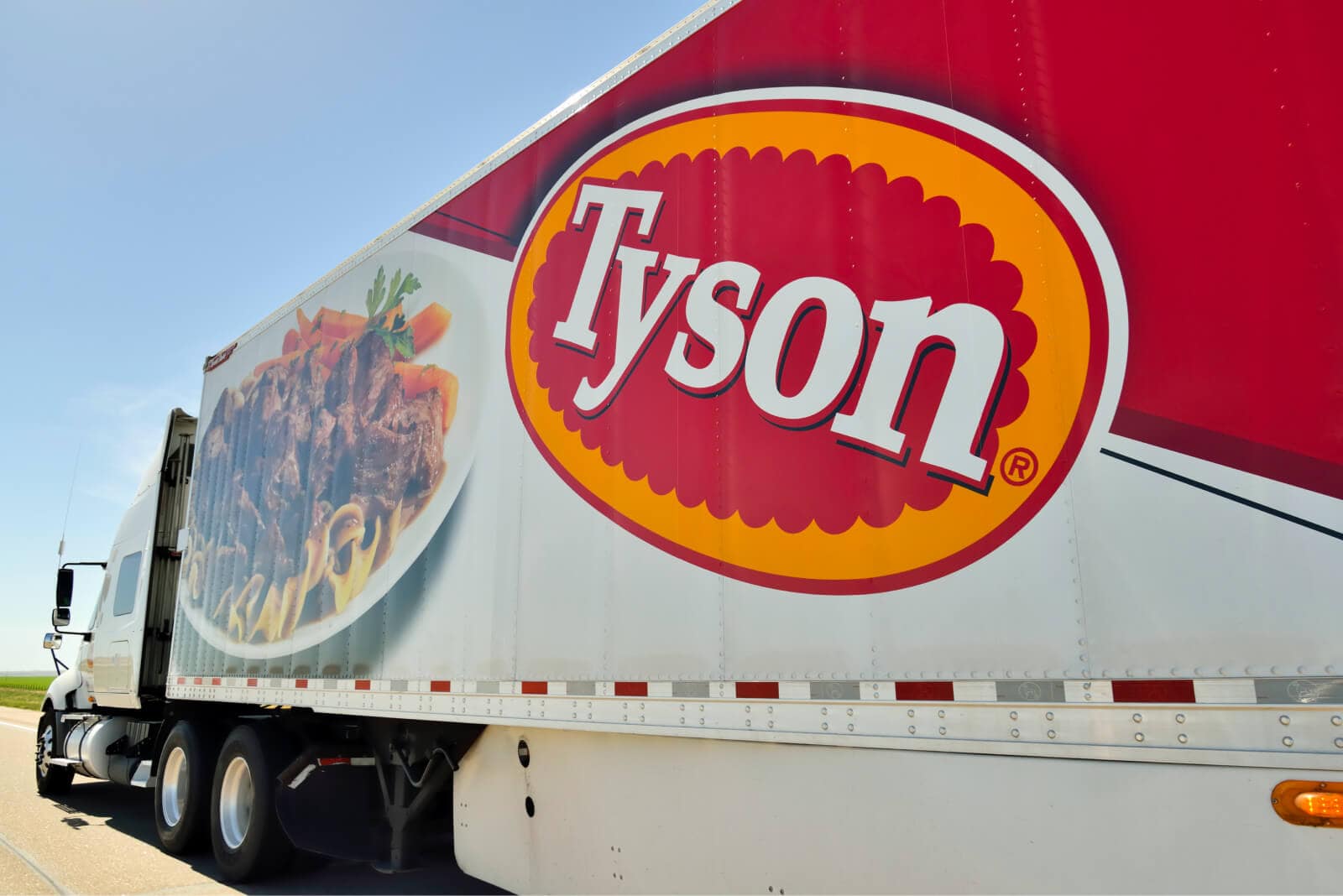
In volatile business landscapes, one of the best ways a company can secure itself and future-proof its business is by having strong change management processes in place. When the world is changing beneath your feet, often the only thing to do is change with it, or risk getting swept away in the tide.
It makes sense, then, that one of the things we’re asked about all the time here at FourKites is how customers can achieve strong change management practices using visibility. One of our recent Gartner Peer Insights reviews summed up the challenge of balancing the desire for visibility throughout the business with the need to build a strong foundation for the technology before expanding it into other teams:
“Focus on internal change management more before rolling out use. The enthusiasm and desire to use the platform from our users is driving such a high level of requests and interests it has been difficult to keep up with expanding the use.”
At FourKites’ recent Supply Chain Leadership Summit, moderated by Sarah Barnes Humphrey of Let’s Talk Supply Chain, change management was, perhaps predictably, a major topic of discussion. Throughout all seven power sessions, featuring speakers from Tyson Foods, Walmart Canada, HP, Michaels Stores and many more, some of the world’s top logistics leaders shared their strategies and approaches for achieving successful deployment of visibility technology within their organizations. Here are some of the things we learned.
Chris Plant is a Senior Manager of Tyson Foods’ Transportation Customer Service Group. Tyson has been a FourKites customer since 2018, and has been very successful at cultivating a large user base on FourKites. In less than two years, the company’s FourKites user base grew 30x, which has a direct correlation on impact of visibility across their operations.
How did they do it? During his 15-minute power session at FourKites’ Supply Chain Leadership Summit, Chris spoke about the compounding benefits that widespread internal adoption of real-time visibility has had on Tyson’s efficiency and ability to react to change.
Chris told the audience that having everybody on the same page in terms of data and technology enables his team to eliminate unnecessary emails, streamline their track and trace, and reduce dwell times at yards and facilities. As the benefits continue to build, the demand for greater visibility throughout the organization continues to grow, creating a positive feedback loop that eliminates data silos and improves collaboration — which in turn enables ever-more opportunity for collaboration and data-sharing across the organization at large.
“Change management is about understanding the process, in my mind. You’ve got to understand all sides of it, you’ve got to be able to communicate on all sides of it. I think that’s where the [FourKites] tool has helped a lot. We’re able to all look at the same information, understand it and look at it in a similar way, and that’s really what starts to drive change management.”
– Chris Plant, Senior Manager, Transportation Customer Service Group, Tyson Foods
Echoing what other food and beverage customers have told us about visibility, both Chris and other experts at our event advocated taking a phased approach to your visibility rollout. Keep in mind that the data you get out will only be as good as data you put in, so ensure that best practices around data quality and consistency are in place before expanding your visibility platform to other teams or departments.
. . . . . . . . . . . . . . . . . . .
Like any large-scale undertaking, supply chain visibility is a process, and having a strategic plan in place early on is critical to success. You have to be patient early on, Chris said. You have to walk before you run. Make sure that a tool is functioning optimally in a smaller department or single use case before rolling it out to the organization at large. This sentiment was shared in other sessions of last week’s Supply Chain Leadership Summit, as speakers zeroed in on their process for achieving collaborative visibility at all levels of their organization — and not just internally, but throughout their supply chain network, as well.
When expanding the use of a visibility solution beyond your own workforce, or even to different sectors of your organization, it’s important to treat it as a learning opportunity. Having accurate visibility data close at hand will enable teams to become more agile in their use of that data, creating a virtuous cycle of consistent business improvement. However, it’s important to lay proper groundwork in order to generate maximum returns. Start small, then scale. Seek out win-wins that allow everyone in your transportation ecosystem to advance their operations, improve efficiency, gain new business and eliminate costs.